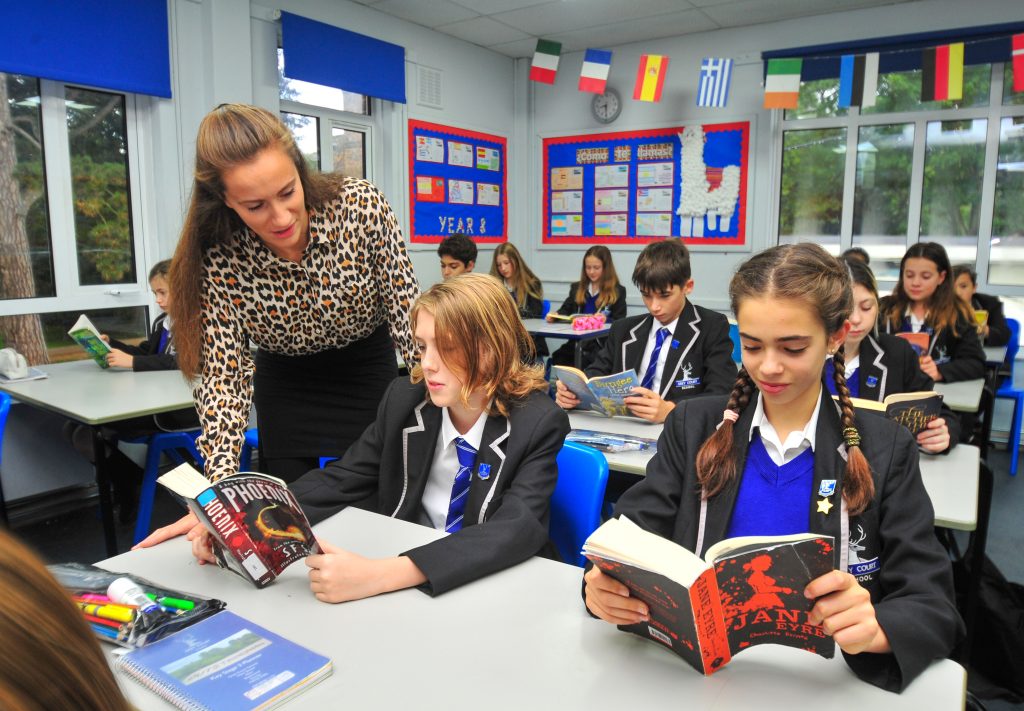In today’s fast-paced world, news stories play a crucial role in informing and shaping public opinion. A well-crafted news story not only conveys facts but also engages readers and provides them with a clear understanding of events. Whether you’re an aspiring journalist or a seasoned writer looking to refine your skills, this guide will walk you through the essentials of writing a compelling news story.
Understanding the Basics of a News Story
A news story is a factual, concise account of an event or situation. At its core, a news story answers six fundamental questions: who, what, where, when, why, and how (5Ws and 1H). These elements provide a complete picture of the event, ensuring that readers receive all necessary information.
A typical news story follows a specific structure:
- Headline: Captures the essence of the story in a few words.
- Lead: The opening paragraph that summarizes the most critical information.
- Body: Contains detailed information, including quotes and background details.
- Conclusion: Wraps up the story, often providing additional context or future implications.
Research and Gathering Information
Thorough research is the backbone of any credible news story. Start by identifying reliable sources of information such as interviews, official statements, eyewitness accounts, and documents. Verifying the accuracy of your information is crucial to maintain credibility. Always cross-check facts and be mindful of ethical considerations, ensuring your reporting is fair and unbiased.
Crafting a Compelling Headline
A strong headline is concise, clear, and attention-grabbing. It should convey the main point of the story in a way that entices readers to learn more. Here are some tips for writing effective headlines:
- Be specific: Avoid vague terms and be precise about the event or topic.
- Use active verbs: They make the headline more dynamic and engaging.
- Keep it short: Aim for simplicity and clarity without unnecessary words.
For example, compare these headlines:
- Weak: “Mayor Announces New Policy”
- Strong: “Mayor Unveils Plan to Reduce City Crime by 20%”
Writing the Lead
The lead, or opening paragraph, is the most critical part of a news story. It should summarize the essential information, providing answers to the 5Ws and 1H. Different types of leads can be used depending on the story:
- Summary lead: Briefly covers the main points (ideal for hard news).
- Anecdotal lead: Uses a short story or example to draw readers in (suitable for feature stories).
- Question lead: Poses a question to pique interest.
- Quote lead: Starts with a compelling quote.
A strong lead gets to the point quickly, uses strong verbs, and presents the most crucial information upfront.
Developing the Body of the News Story
The body of a news story expands on the information provided in the lead, following the inverted pyramid structure. This means presenting information in order of importance, with the most critical details at the top and less essential information below.
To maintain flow, use smooth transitions between paragraphs. Integrate quotes effectively to add credibility and perspective, ensuring proper attribution to your sources. Balance facts with storytelling to keep readers engaged without compromising objectivity. Use descriptive language to paint a vivid picture but avoid inserting personal opinions.
Concluding the News Story
The conclusion of a news story should summarize key points without simply repeating the lead. It can also provide additional context, such as potential future developments or broader implications of the event. A strong closing statement leaves a lasting impression, reinforcing the story’s significance.
Editing and Proofreading
Revising and polishing your news story is essential. Look for common mistakes such as grammar, punctuation, and spelling errors. Ensure clarity and conciseness, removing any unnecessary words or jargon. Seek feedback from peers or editors to gain different perspectives and improve the quality of your writing.
Ethical Considerations in News Writing
Journalistic integrity and standards are paramount. Avoid plagiarism by ensuring originality in your work. Be sensitive to your audience and the subjects of your story, understanding the potential impact of your words. Always strive for fairness and accuracy in your reporting.
Tips for Staying Objective and Unbiased
Objectivity is a cornerstone of journalism. Present multiple viewpoints, fact-check rigorously, and use neutral language to avoid bias. Recognize your personal biases and take steps to mitigate their influence on your writing.
The Role of Technology in Modern News Reporting
Technology has revolutionized news writing and reporting. Utilize digital tools for research and writing, and incorporate multimedia elements such as images, videos, and infographics to enhance your stories. Engage with readers through social media platforms to broaden your reach and interact with your audience.
Adapting Your News Story for Different Platforms
Different platforms require different approaches. Print journalism, online articles, and broadcast news each have unique styles and formats. Tailor your writing to fit the specific medium, considering audience preferences and behaviors.
Real-World Examples and Case Studies
Analyzing successful news stories from reputable publications can provide valuable insights. Identify techniques and strategies used by professional journalists and apply these lessons to your own writing. For example, examine how top publications cover breaking news or handle sensitive topics.
Conclusion
Writing a compelling news story involves a blend of research, storytelling, and ethical reporting. By following the principles outlined in this guide, you can craft news stories that inform, engage, and resonate with your audience. Practice and refinement are key, so continue honing your skills and strive for excellence in your reporting.
Additional Resources
- Books: “The Elements of Journalism” by Bill Kovach and Tom Rosenstiel, “On Writing Well” by William Zinsser.
- Websites: Poynter Institute, Columbia Journalism Review.
- Courses: Online journalism courses from Coursera, edX, and professional organizations like the Society of Professional Journalists.
- Tools: Grammarly, AP Stylebook, digital research databases like LexisNexis.
By leveraging these resources, you can further develop your news writing skills and stay updated with industry standards and best practices. Happy writing!

